How Under-Inflated Tyres Affect Your Car's Performance
Are you familiar with the phrase, "The foundation of a smooth ride starts with the tires"? Well, in the bustling streets of the United Arab Emirates, this statement holds true more than ever. As you navigate the roads of this remarkable country, have you ever wondered how something as seemingly insignificant as underinflated tires can impact your driving experience and overall vehicle performance? Prepare to be amazed as we delve into the world of underinflated tires and uncover their surprising influence on your car. Join us on this eye-opening journey as we explore the undeniable consequences, potential dangers, and simple solutions that can make a world of difference to your daily drives in the UAE. Whether you're a seasoned driver or a newcomer to the roads, this blog will equip you with the knowledge to ensure optimal tire health, safety, and efficiency. So, fasten your seatbelts, engage your curiosity, and get ready to unlock the secrets of the impact of underinflated tires on your car in the UAE.
What are Underinflated Tyres?

Underinflated tyres refer to tyres that do not have the recommended air pressure level as specified by the vehicle manufacturer. It's a common problem that can affect any vehicle and is often neglected or underestimated. Many drivers are unaware of the significant consequence it can have on various aspects of their car's performance.
Impact of Underinflated Tyres
Increased Rolling Resistance
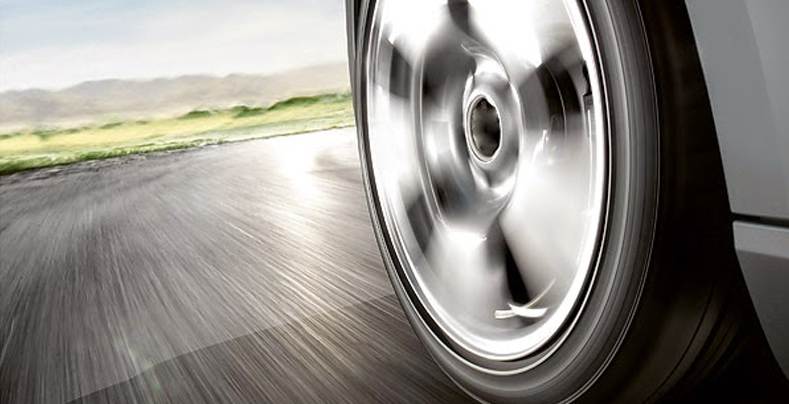
One of the primary consequences of underinflated tires is increased rolling resistance. When tyres lack the proper air pressure, their shape and size change, leading to a larger contact area with the road surface. As a result, more energy is required to propel the vehicle forward, leading to decreased fuel efficiency. The additional strain on the engine can also result in premature wear and tear, impacting your car's overall longevity.
Compromised Handling and Stability
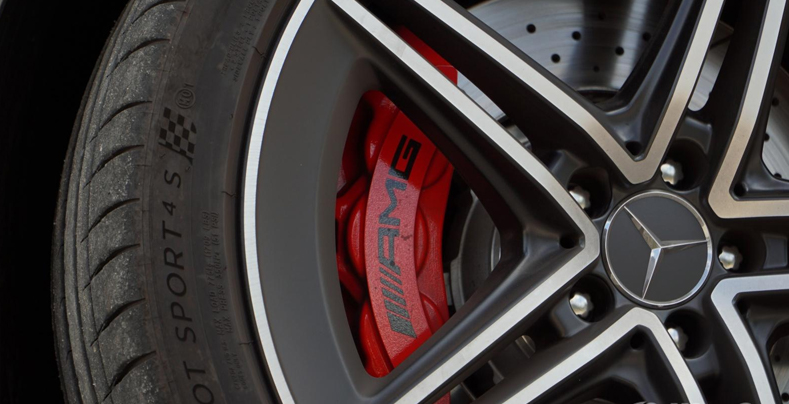
Tires play a crucial role in maintaining your car's stability and handling capabilities. However, when they are underinflated, their ability to respond to driver inputs and maintain optimal contact with the road surface is compromised. This can result in reduced traction, longer braking distances, and an overall decrease in vehicle control. In extreme cases, it can even lead to dangerous skidding or hydroplaning situations, putting you and your passengers at risk.
Uneven Tire Wear
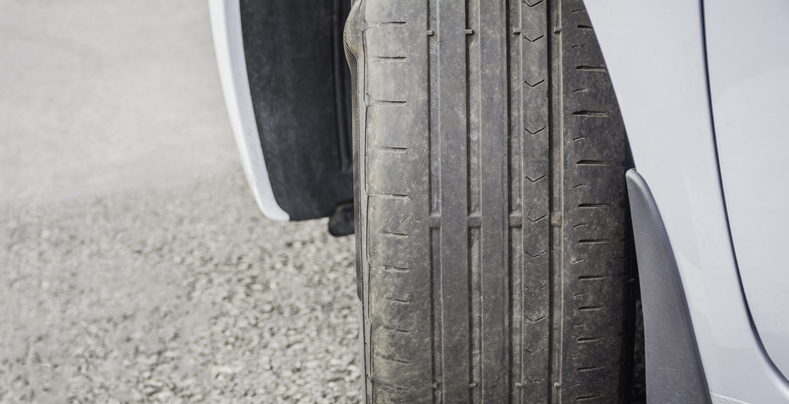
Underinflation contributes to uneven tire wear patterns, which can be costly in the long run. When tires are improperly inflated, certain areas of the tread bear more weight and experience increased friction. As a result, these areas wear down faster than others, leading to premature tyre replacement. Regularly replacing tires due to uneven wear can significantly impact your budget and compromise your vehicle's performance.
Safety Hazards
Underinflated tyres pose a considerable safety hazard, amplifying the risks associated with common road hazards. Inadequate tyre pressure reduces your car's ability to effectively respond to sudden maneuvers or avoid obstacles on the road. It also affects your car's performance during adverse weather conditions, such as heavy rain or snow, where sufficient traction is critical. By neglecting proper tyre inflation, you are putting yourself and others at an increased risk of accidents and injuries.
What is Optimal Tyre Pressure?
To ensure your car operates at its peak performance and to mitigate the risks of underinflation, it is crucial to maintain the recommended tyre pressure. The optimal pressure levels are typically specified by the vehicle manufacturer and can be found in the owner's manual or on a placard located on the driver's door jamb or inside the fuel filler flap. Regularly checking and adjusting tyre pressure according to the manufacturer's guidelines is a simple yet effective way to promote safety and extend the lifespan of your tires.You can also follow our tyre health monitoring guide in order to safeguard your car tyres.
What are the Symptoms of Under-inflated tires?
Increased Tread Wear
One of the primary symptoms of underinflated tyres is accelerated tread wear. When the tyres lack the proper amount of air pressure, they make increased contact with the road surface, causing the tread to wear out faster. You may notice uneven or bald patches on the tyre tread, indicating the need for inflation.
Reduced Fuel Efficiency
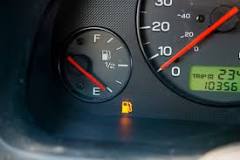
Underinflated tyres increase rolling resistance, requiring your vehicle's engine to work harder to maintain speed. This extra effort leads to decreased fuel efficiency, meaning you'll find yourself making more frequent stops at the fuel station. If you notice a sudden decrease in your vehicle's mileage, underinflated tyres could be the culprit.
Poor Handling and Stability
Tyres with insufficient car tyre air pressure compromise your car's handling and stability, affecting your ability to control the vehicle. Steering may feel less responsive, and you may experience difficulty maintaining proper traction on the road, especially during turns or emergency maneuvers. If you notice a significant decrease in your car's handling performance, it's essential to check your tyre pressure.
Longer Braking Distances
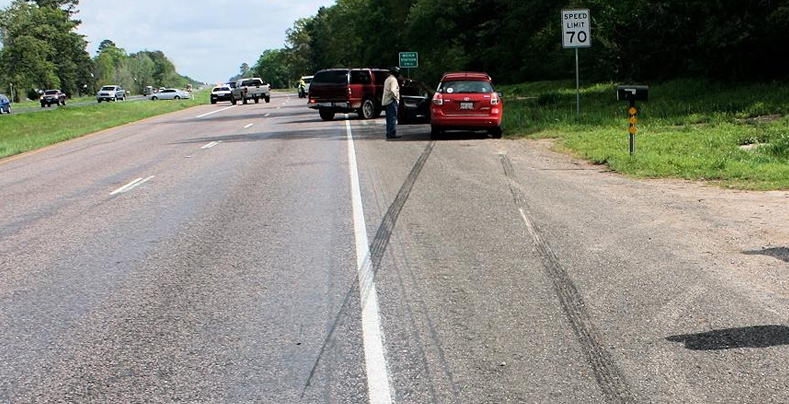
Underinflated tyres require more distance to come to a complete stop compared to properly inflated ones. The decreased tyre pressure reduces the contact patch between the tyre and the road, compromising braking efficiency. If you notice an increase in braking distances or a delay in responsiveness when applying the brakes, it may indicate underinflated tires.
Uncomfortable Ride
Tyres play a crucial role in absorbing shocks and providing a smooth ride. When underinflated, they become less capable of absorbing road imperfections, leading to a harsher and more uncomfortable ride. You may feel every bump, pothole, or rough patch on the road, impacting your overall driving experience.
Increased Risk of Blowouts
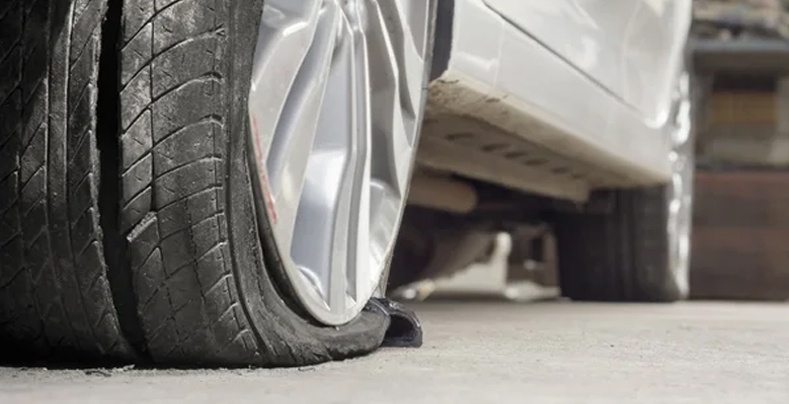
Underinflated tyres are more susceptible to damage and may be at a higher risk of experiencing a blowout. The added stress on the tire's sidewalls due to insufficient air pressure can weaken the tire's structure, making it more prone to punctures, cuts, or bursts. If you notice any bulges, cracks, or visible damage on your tires, it's crucial to address the issue promptly.
Regularly monitoring your tyre pressure and ensuring that it remains within the recommended range is vital for maintaining optimal performance, safety, and longevity of your tyres. If you notice any of these symptoms, it's recommended to check and adjust your tyre pressure as soon as possible to prevent further issues.
What is the Correct Tyre Pressure in UAE?
The correct tyre pressure in UAE varies according to the condition. If the sand in the UAE is dry and soft while off-roading, it is possible to reduce the tire pressure significantly to around 15 or 16 PSI. In contrast, if the sand is damp, the extent of tire pressure reduction is not as necessary. Additionally, if your car tires typically maintain a pressure of 35 PSI, they can perform effectively on gravel roads with pressures ranging from 25 to 30 PSI.



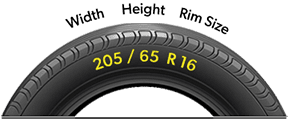






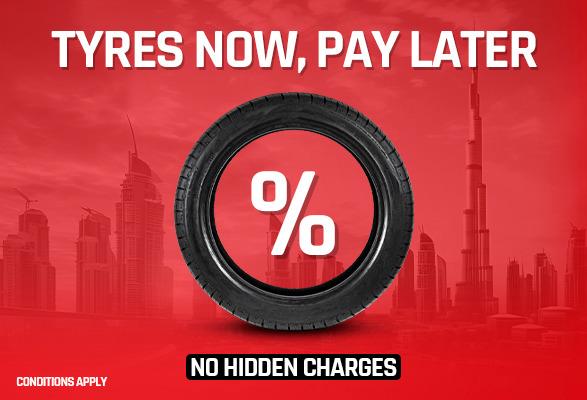
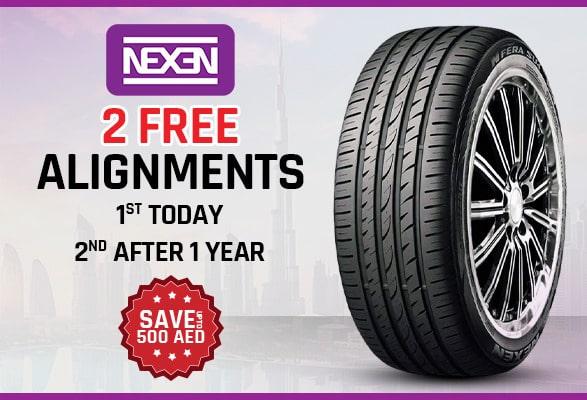
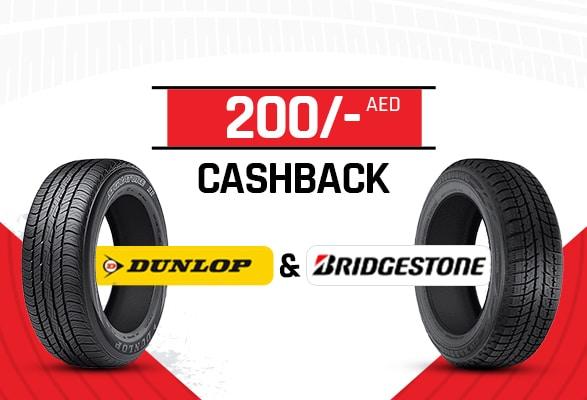





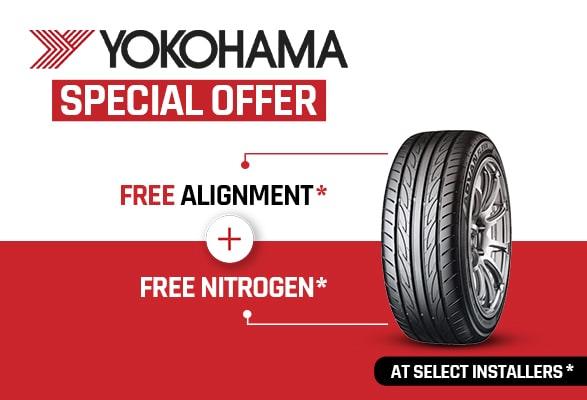
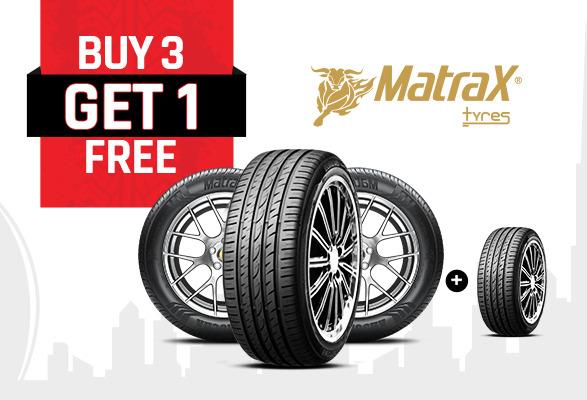

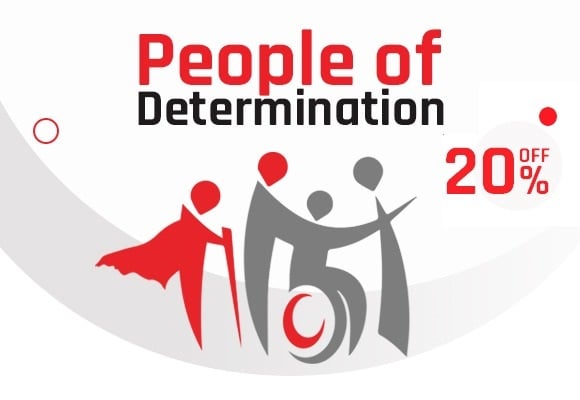





















Conclusion
In conclusion, the impact of underinflated tyres on your car cannot be underestimated. From decreased fuel efficiency and compromised handling to uneven tire wear and heightened safety hazards, the consequences are far-reaching. By prioritizing regular tyre pressure checks and maintenance, you can enhance your car's performance, save on unnecessary expenses, and, most importantly, ensure the safety of yourself, your passengers, and other road users.